The Different UX Designer Jobs & Specializations
We all know what UI or User Interface means. But what about the term UX. UX or User Experience is a phrase that was coined in the 1990s by a cognitive scientist at Apple to denote the various aspects of how a user of a product interacts with that product in the realm of technology. Today, the field of UX is one of the hottest in the job market, with a recent LinkedIn report showing that a UX designer role is one of the five most in-demand positions in the world. The combined field of UI/UX design is so popular, in fact, that 8 out of 10 people working in these professions said that recruiters were contacting them at least once a month. Nearly 35% said that this was a weekly phenomenon. So, what's so unique about a UX designer job and other related professions that make this such a white-hot field of work?

To understand that, let's explore the world of UX and see what types of jobs are out there.
Types of Jobs in UX
The UX process itself is a deep and wide subject that is often segregated into specific roles. For instance, usability analyst or user researcher jobs involve studying customers well before a product is even conceived, whether it's a software application, a mobile app, or a website. Similarly, information architects will chart out the user journey, define sitemaps and user flow diagrams, and so on. Each role is specific to a single aspect of UX and may be split into several sub-projects and tasks, but all of them aim to achieve the user experience goals set within the scope of the overall project.
Let's look at some of the roles played by UX professionals:
UX Writer
The content is a core part of the customer experience, so UX writer jobs are not merely about slapping content on top of designs. In fact, some companies like Netflix ask their UX writers for experience working with screenplays or fiction. The narrative and the design must go hand-in-hand for any product to offer a meaningful user experience.

A UX writer's job doesn't just involve writing copy. Here are some of the job responsibilities of a typical UX writer:
- Crafting a content strategy that involves multiple media types like videos, imagery, surveys, etc.
- Developing style guides and voice and tone guidelines
- Writing product copy that involves deep knowledge of the product
- Merging data with content so it can be authoritative
- Working alongside the legal team to ensure compliance and avoid potential violations
If you have a passion for writing, then a UX writer job might be just the thing for you. However, you need to gain some experience at the entry-level even if you're an accomplished writer in other areas of expertise because UX writing is as unique as the field you're currently in.
User Researcher
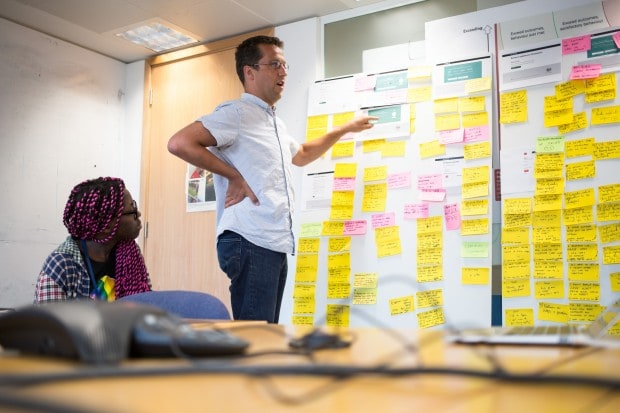
A user researcher, sometimes known as a design researcher, is primarily responsible for gathering information about the users that a site or app will potentially target. The methodologies vary from traditional usability studies to research on ROI (Return on Investment) metrics to formal experimentation in the field. In general, user research jobs involve two different aspects:
- Qualitative Studies - This is where user interviews play a key role. It usually involves going into the market and asking users about how they want to interact with a product, how they currently do it, what they feel is missing, and so on. It gives you intangible data about what direction the product's UI and user flow should take rather than hard facts. That comes in the other part.
- Quantitative Research - This part involves research methodologies to mine measurable data about user habits and behaviors so they can be analyzed statistically and models can be derived from them. These research methodologies are categorized as follows:
- Descriptive
- Correlational
- Causal-Comparative/Quasi-Experimental
- Experimental
A user researcher role essentially involves maintaining a close relationship with end-user personas throughout the development cycle of the product in question. Their job is to identify early opportunities even before the product goes into the design phase.
UX Freelancer

A freelance UX designer is simply someone who is not tied to a 9 to 5 job. Often highly experienced, they may work in the capacity of a UX designer or even a design consultant. A UX designer working as a freelancer has the same deliverables as a traditional in-office employee, but the pay structure is different, and their schedules may vary from day to day.
In general, a freelance UX designer role involves working remotely on a project. It may require virtual meetings and other collaborative tools, but the job is more or less the same as working in a typical office environment within the design team.
Information Architects
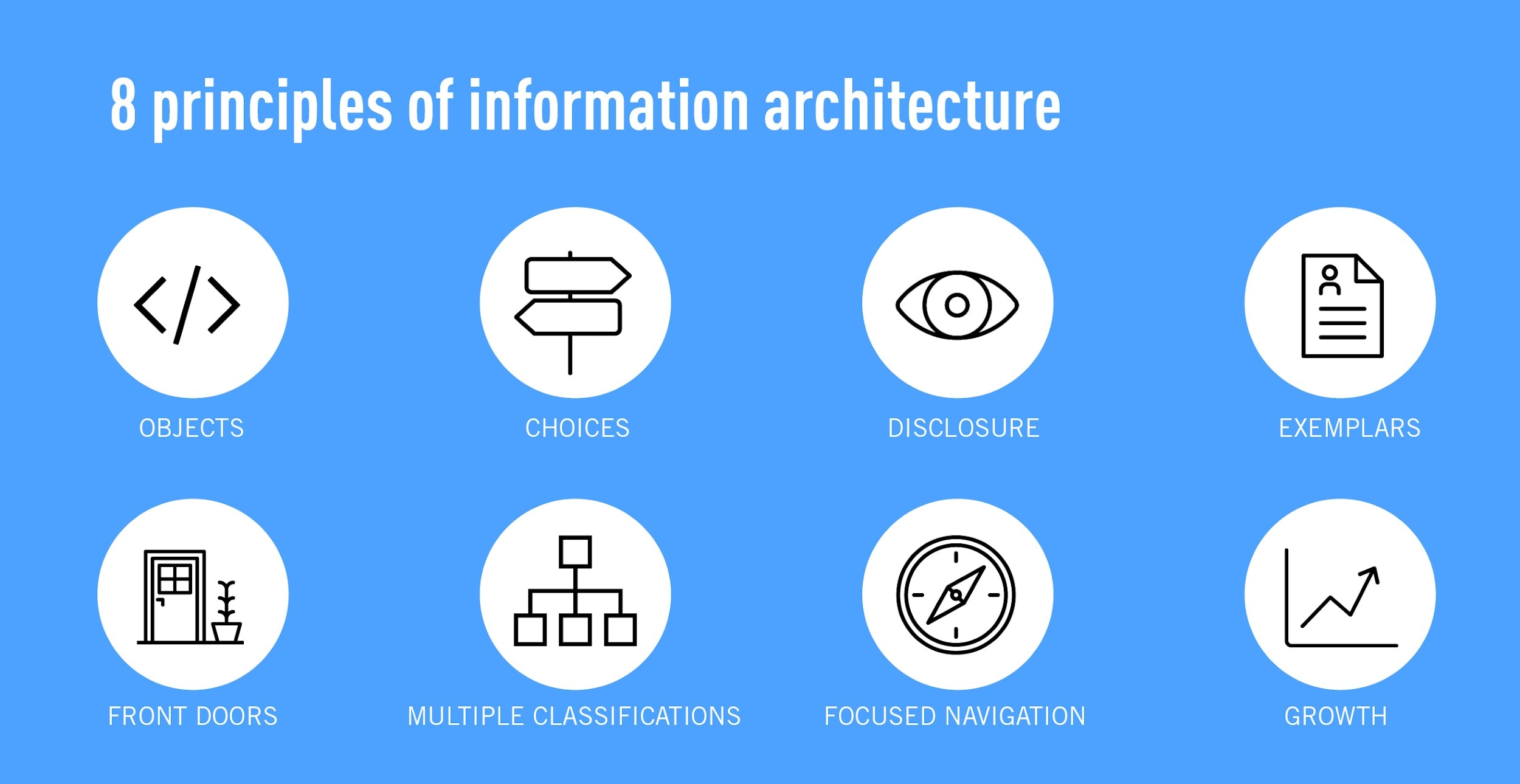
Information architects are the hall monitors of UX design. They define the way in which data and information are organized so their delivery to the customer is optimal. For instance, they may take a technical requirement or a business requirement and turn it into a specific sitemap for navigating the website or application. They're also responsible for creating wireframes and user flows that define what the user journey will look like when they navigate through the product's various screens, pages, menus, links, and so on. Essentially, hall monitors!
Here are some of the responsibilities and deliverables of an information architect:
- Converting user behavior into a structure for the content
- Create superior interactive experiences for users
- Coordinate with the design and development teams
- Coordinate with the user research teams to identify persona types and user preferences
A UX architect is very different from an information architect. That role comes next in the UX design and development cycle.
UX Architects
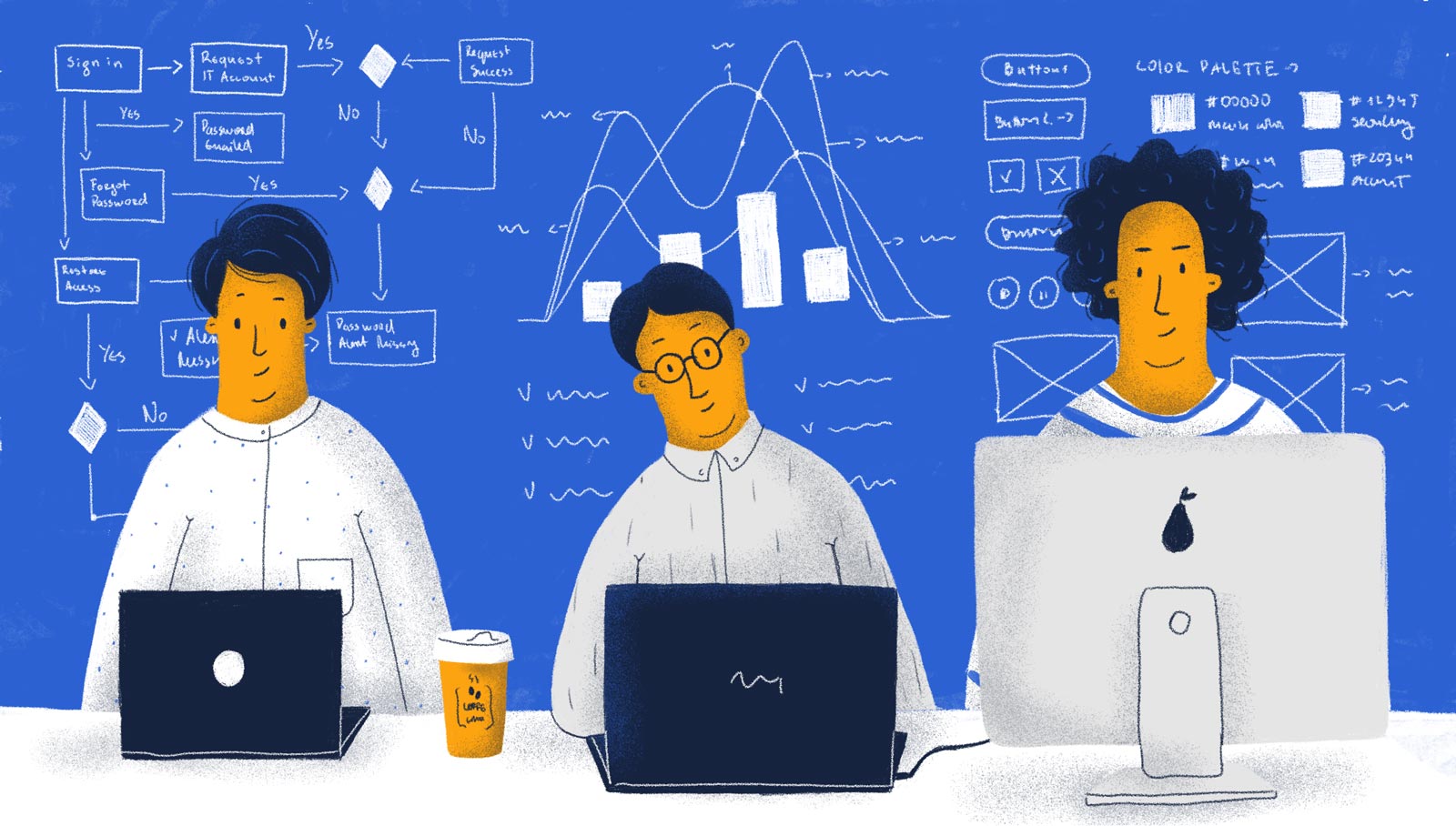
UX architects carry the baton from information architects but play more of a supervisory role in that they transfer the information from information architects to UX designers and developers to make sure that the requirements are crystal clear. In a sense, they are the air traffic controllers, often juggling multiple aspects of a project and coordinating between various teams to ensure that 'every aircraft lands safely and on the designated runway.' They have the bird's eye view of the entire. They have the bird's eye view of the entire project so they are perfectly positioned to coordinate between teams and play an advisory role.
UX architects are typically responsible for the following:
- Making sure that UX designers and developers understand how users' needs should translate into interactive designs and performance capabilities
- Solving accessibility or usability issues in the early phases of design
- Having a deep and wide understanding of the brand, the strategy, the design, the psychology, the technology, and nearly every other aspect of the product as it relates to user experience
UX Designers
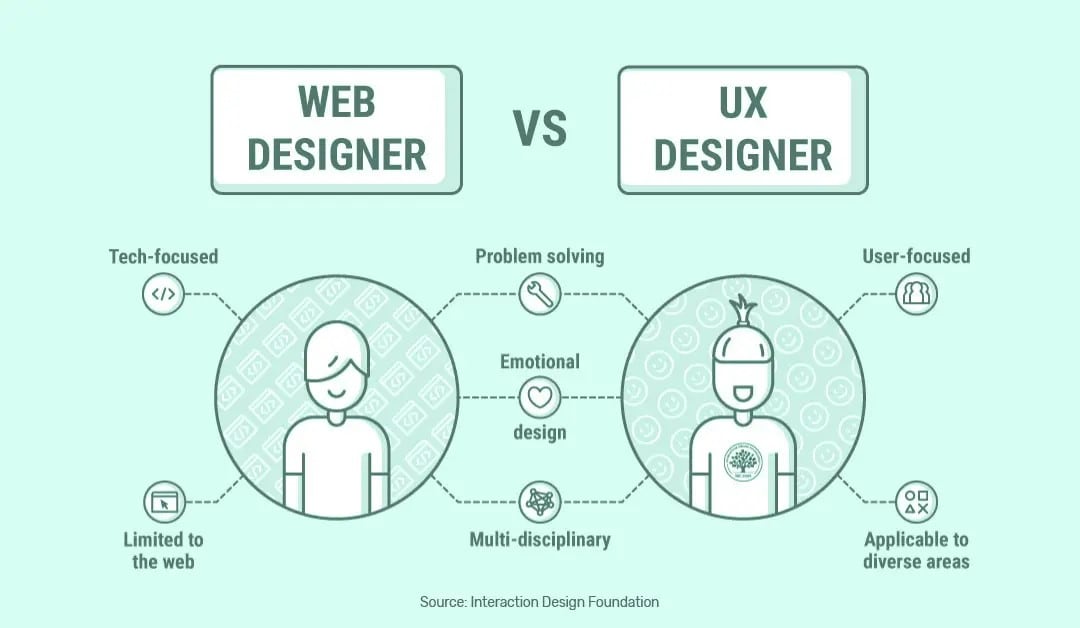
The UX designer role in this context is responsible for translating all the research and user data into interactive designs and present them for approval. It involves wireframing, designing prototyping, A/B testing, and more. Junior UX designer jobs might only involve one part of this cycle, while seniors with more experience may be assigned end-to-end responsibilities for various functional aspects of the website or app.
The more important skill for a UX designer job is to be able to come up with appealing designs that potential users will want to interact with. That means it often requires multiple iterative cycles before they get it "just right" and the UX design is finally approved. Once the prototype is approved, the product goes to the next stage - development.
UX Developers
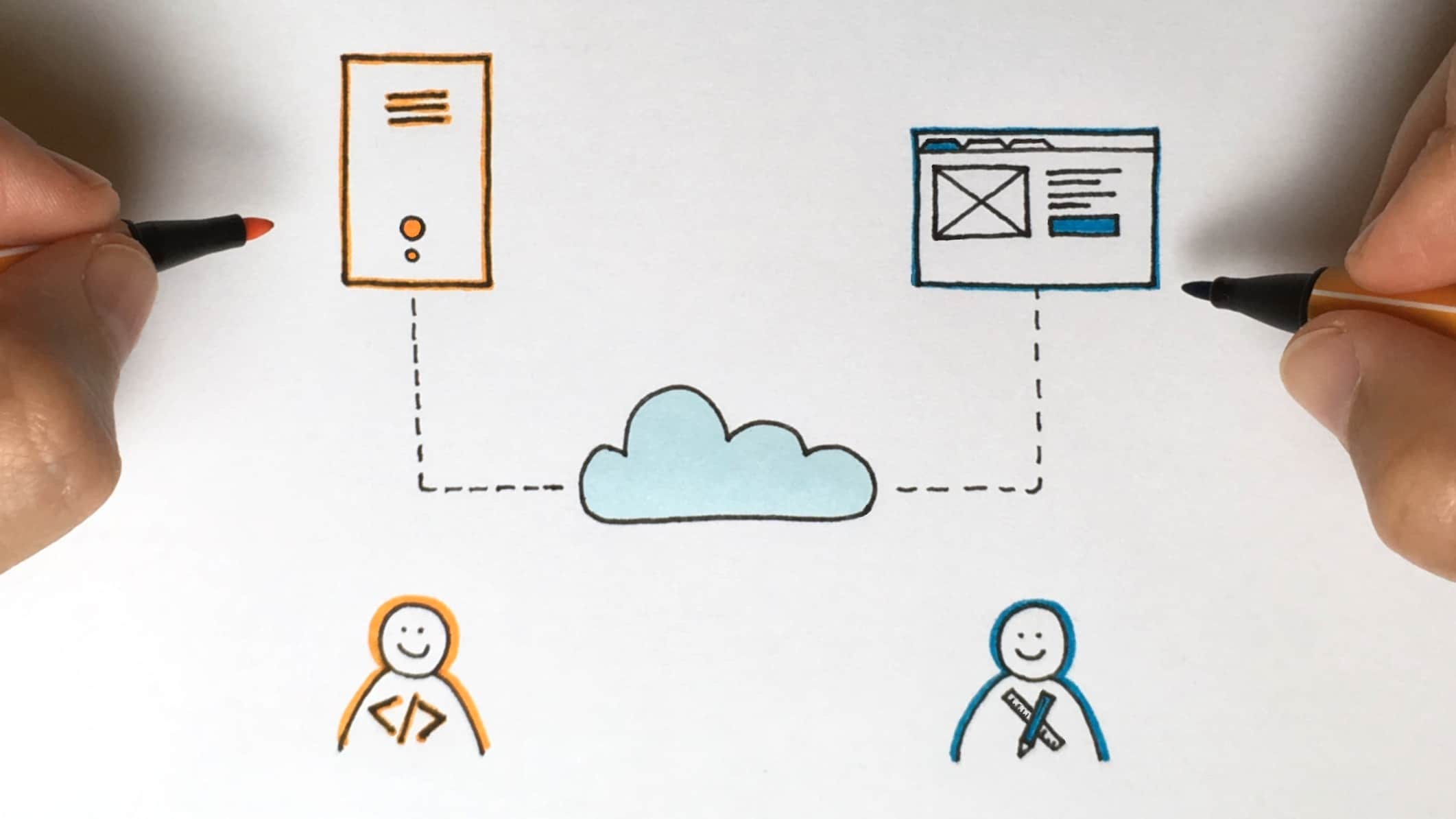
UX developers are the engineers of the front-end experience. Taking the designs that are provided to them, they add substance to the design in the form of code. In fact, they own the code underlying the design, which means they need to have a deep understanding of the goals of the intended user experience. They provide the mechanics to make that happen. In other words, they create the interactive experience for what the prototype UX design does at the front end.
A UX developer is not to be confused with an application or website developer. These are entirely different roles. The UX developer is the bridge between the design and development teams because they have creative as well as coding skills and expertise. That means they also understand the challenges of translating a prototype design into a fully functional product. They're aware of the limitations on the development side as well as the pressure from the design side to deliver to exact specifications. In other words, they are the negotiators of the UX lifecycle, translating wants and wishes into real-life creations with as little compromise as possible.
Project Managers
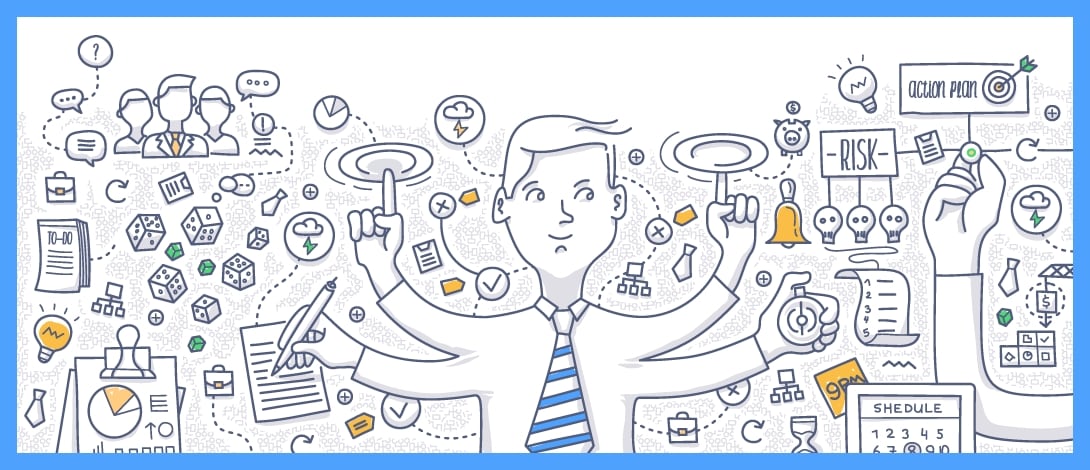
UX project managers have more of a high-level role to play in the UX narrative. The project manager is responsible for meeting schedules and budgets, and coordinating seamless interaction between the design side and the development side. They are essentially the owners of the product from a UX perspective.
Some of the skills needed for this role are as follows:
- The ability to handle high levels of stress
- Task-driven and goal-oriented habits
- Creative yet critically analytical thinking
- Patience in the face of tremendous pressure
- Attentive to detail while being able to see the bigger picture
Interaction Designers
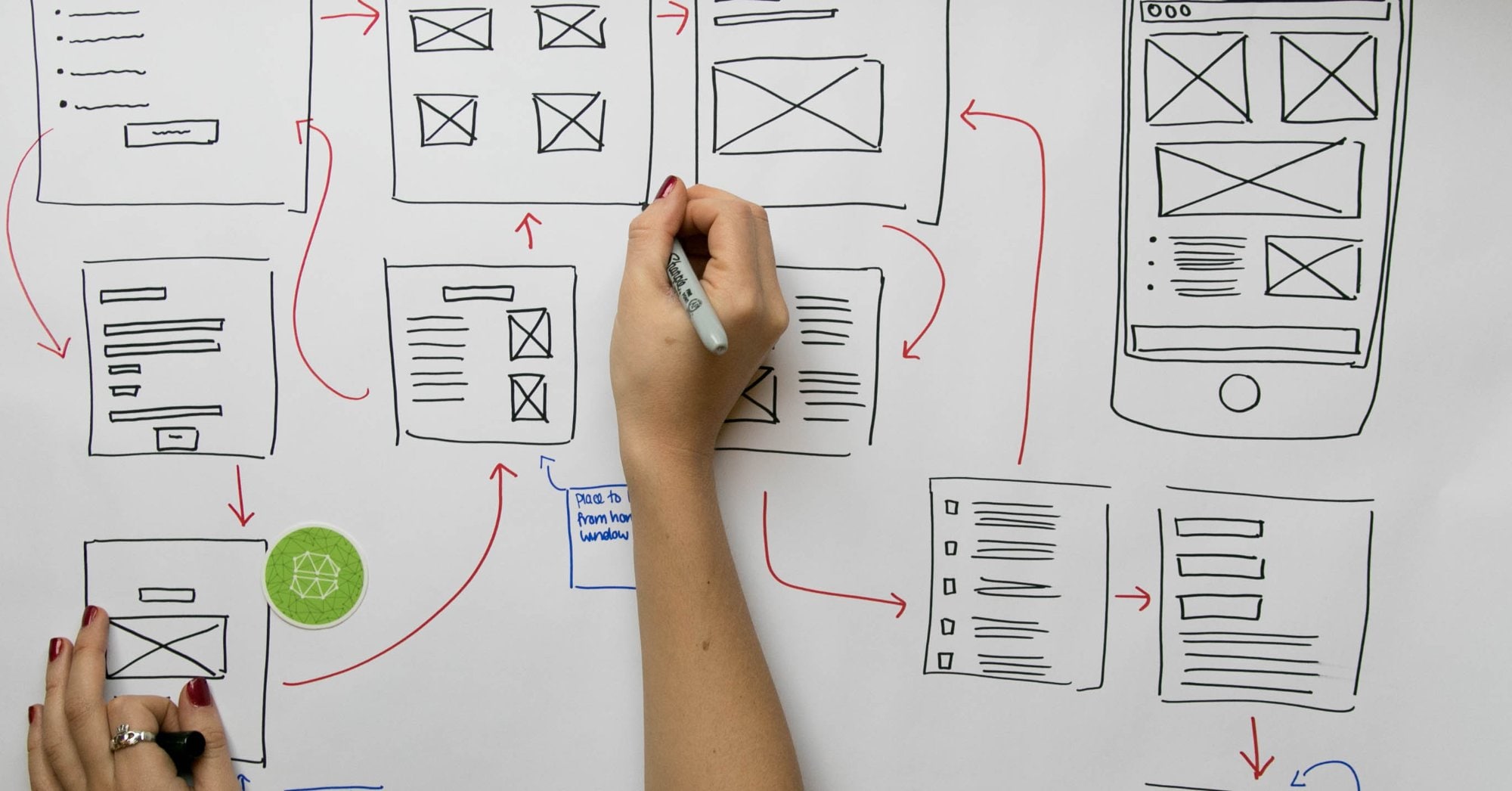
The term interaction design refers to the entire body of knowledge that encompasses human interaction with technology. That's a large pill to swallow, but interaction designers are experts in this field and typically break it down into five specific areas:
- Any interaction between a human and a technology product is a conversation that needs to flow well
- Every interaction must take into account a specific action and an appropriate reaction for the conversation to unfold, just like the natural progression of an intelligible and coherent human-to-human conversation
- The 'State' keeps the user informed about what's going on and why something is happening - for instance, if they click something and nothing apparently happens, do they get an alert or warning that's easily visible? When they tap a button, does it animate in response to their touch just like a physical button?
- The 'Workflow' makes it clear to the user how a particular tool must be used for an optimal experience
- Malfunctions should be factored in - what happens when the user makes a mistake?
Based on this framework of understanding, an interaction designer will craft the design strategy for the product, which is then translated into an actual interface with specific functionality.
In Summary
All these roles are crucial to the UX process, with none being "more important" than the other. They have to work seamlessly for the project to be a success. As long as all these roles are in alignment with the end-users' needs, any conflict can be ironed out during the process. Each role is as critical as the next because every role depends on the one preceding it.
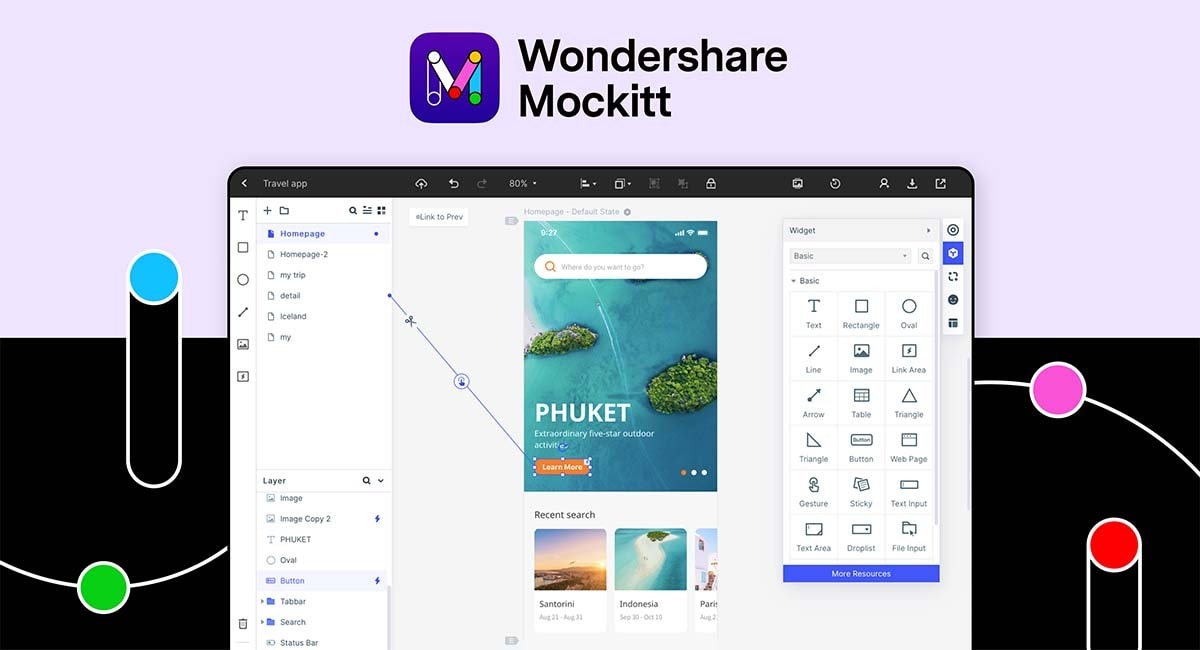
If you're interested in a career in UX design, you should also have a favorite 'tool of choice' for creating wireframes, mockups, and prototypes. One such tool is the cloud-based Wondershare Mockitt, which offers a large collection of widgets and other components in its comprehensive asset libraries. In addition, users have access to platform-specific UI kits and design systems.
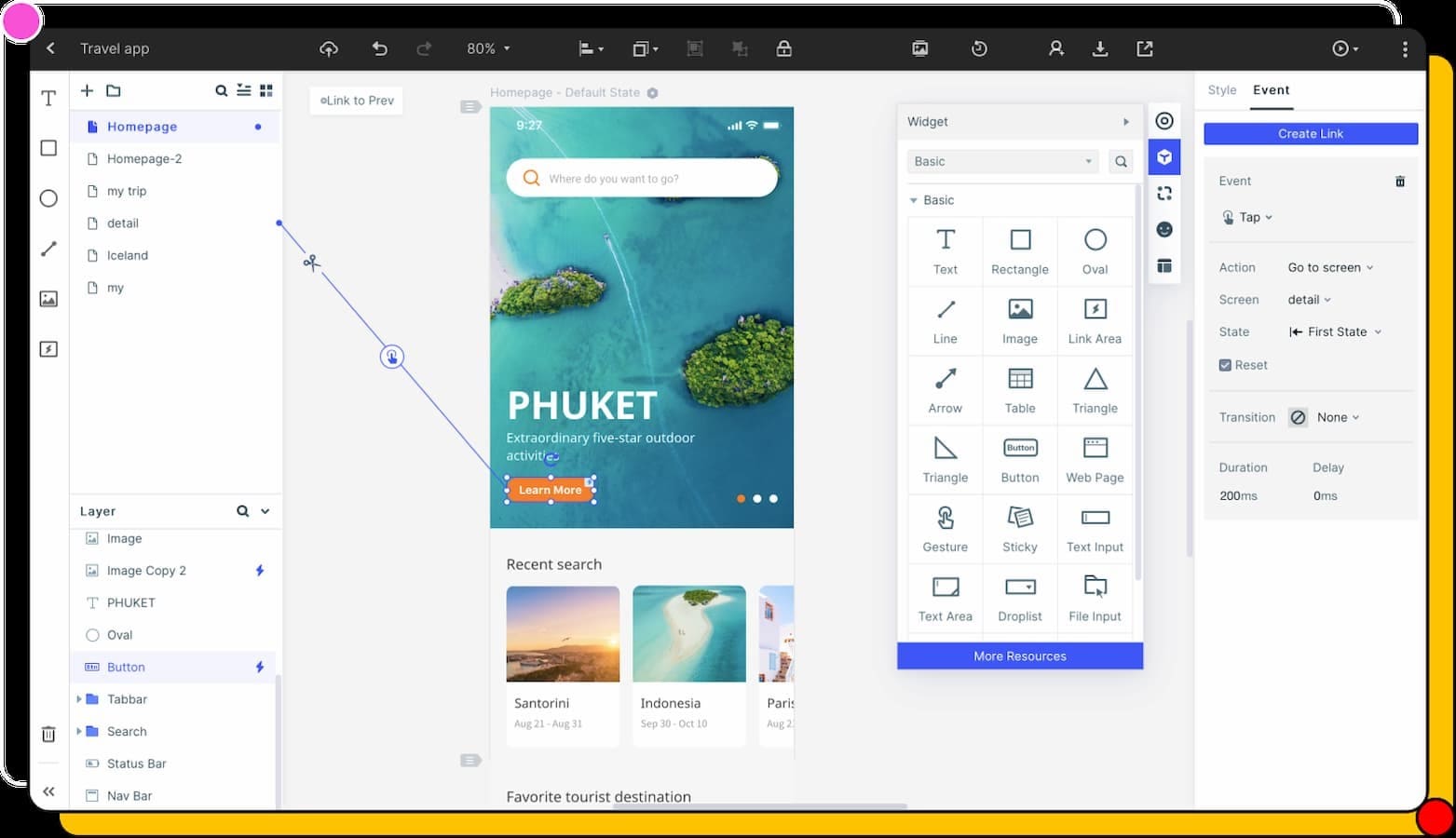
But the best part of Mockitt is the collaborative environment and the ability to rapidly create prototypes, share them for approval and comments, and then smoothly do the developer handoff without any friction. If you're looking to play a role in the design story of any company, this is a tool you need to get familiar with. It offers the perfect interface for beginners and a rich set of tools and functions for professionals, whether it's for a large enterprise design team or a small one-woman entrepreneurial outfit.

